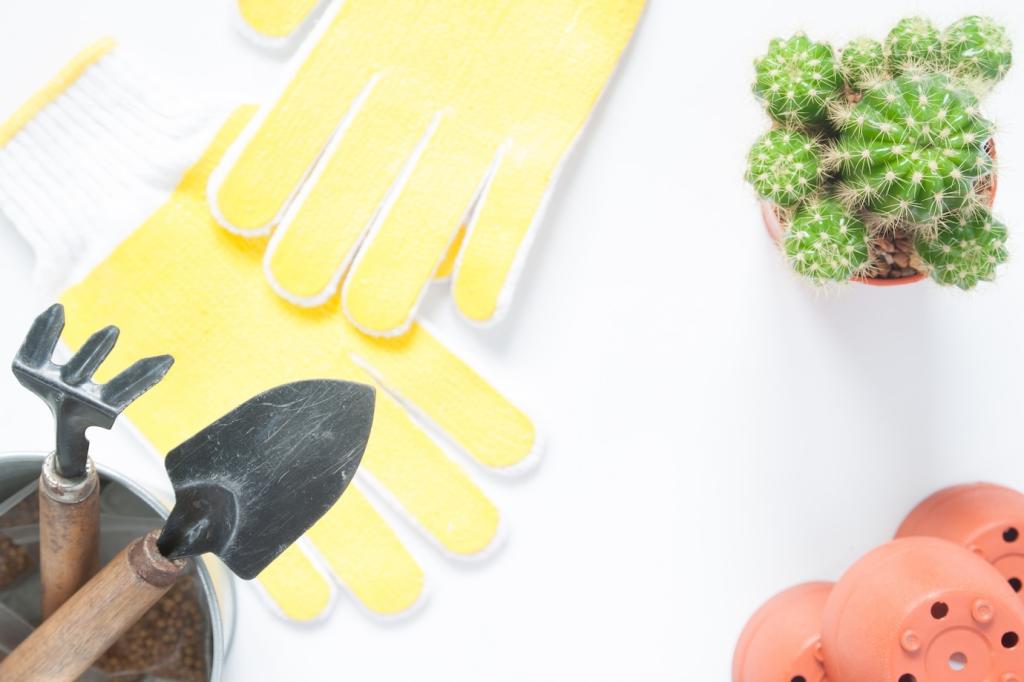Leather and Faux Leather: Supple Without Solvents
Use a barely damp microfiber cloth with distilled water to remove body oils and dust. Avoid alcohol or ammonia, which can dry and crack finishes, especially on older, cherished pieces.
Leather and Faux Leather: Supple Without Solvents
Choose a reputable, low-odor conditioner or a small amount of jojoba, tested first on an inconspicuous area. Apply thinly and buff dry to avoid attracting dust or creating sticky spots.







